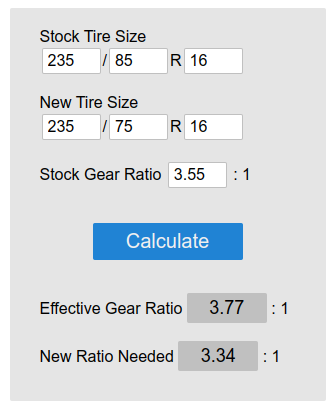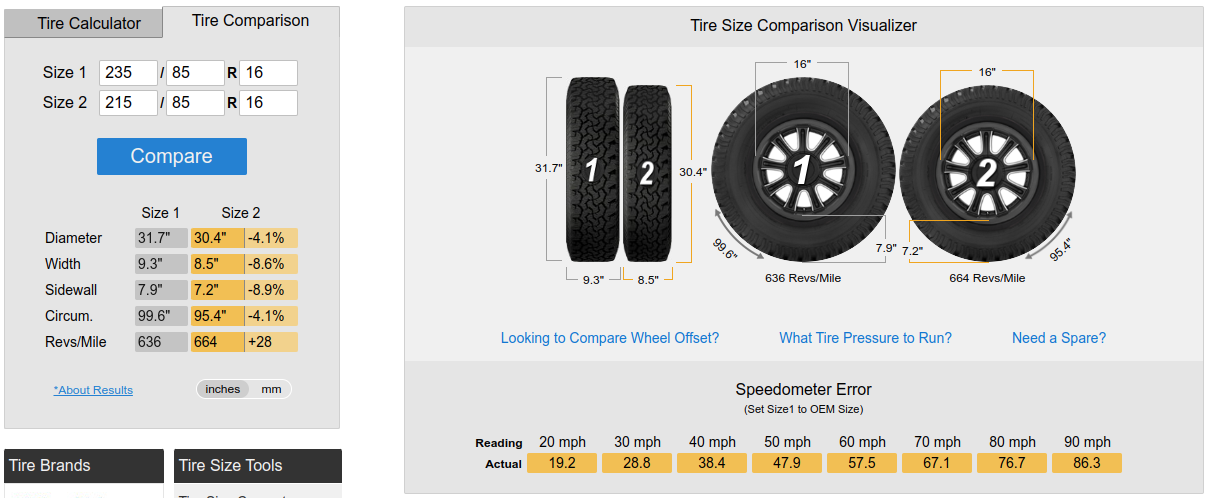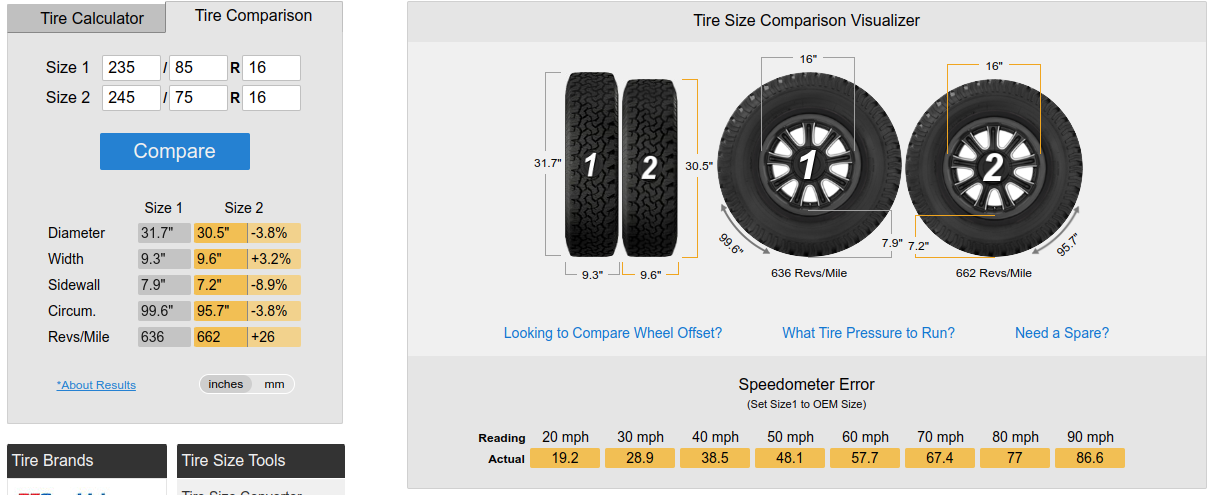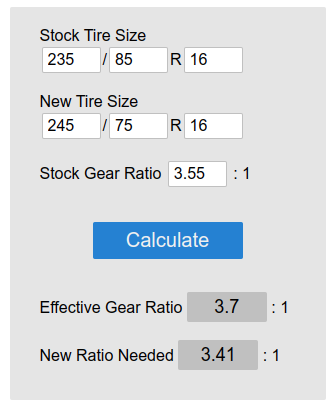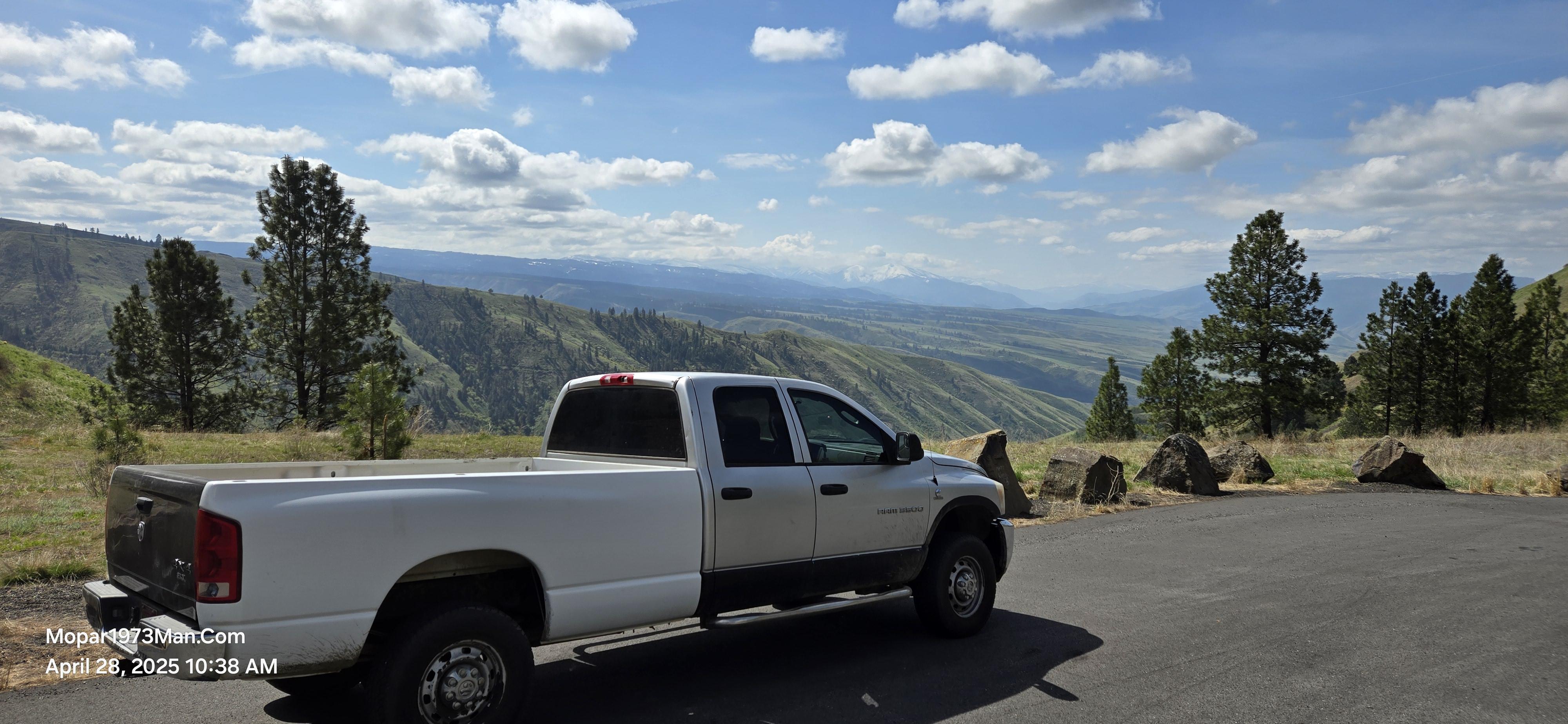
Everything posted by Mopar1973Man
-
P04DB - Crankcase Ventilation System Disconnected
P04DB - Crankcase Ventilation System Disconnected When Monitored: Engine at operating temperature, driving at a steady speed. This monitor takes 10 minutes to completely run. Set Condition: Crankcase Pressure readings have been significantly elevated, as compared to historic trends saved in the Powertrain Control Module. Possible Causes DISCONNECTED CRANKCASE VENTILATION HOSE INTAKE SYSTEM LEAK CRANKCASE BREATHER FILTER CLOGGED Always perform the Pre-Diagnostic Troubleshooting procedure before proceeding. (Refer to 28 - DTC-Based Diagnostics/MODULE, Powertrain Control (PCM) - Standard Procedure). 1. CHECK THE CRANKCASE VENTILATION HOSE NOTE: If there are any DTCs present for the EGR Valve, EGR Airflow Control Valve, or any of the pressure sensors, perform the diagnostics for those DTCs before proceeding with this test procedure. 1. Visually inspect the Crankcase Ventilation Hose. Is the hose disconnected, cracked, pinched or damaged? Yes • Repair or replace the Crankcase Ventilation Hose in accordance with the service information. • Perform the POWERTRAIN VERIFICATION TEST - 6.7L. (Refer to 28 - DTC-Based Diagnostics/MODULE, Powertrain Control (PCM) - Standard Procedure). No • Go To 2 2. CHECK THE INTAKE SYSTEM FOR LEAKS 1. Perform the INTAKE AIR SYSTEM PRESSURE TEST diagnostic procedure. (Refer to 29 - Non-DTC Diagnostics/Drivability - Diesel - Diagnosis and Testing) . Were any Intake System leaks found? Yes • Perform the appropriate repair. • Perform the POWERTRAIN VERIFICATION TEST - 6.7L. (Refer to 28 - DTC-Based Diagnostics/MODULE, Powertrain Control (PCM) - Standard Procedure). No • Replace the Crankcase Breather Filter in accordance with the service information. • Perform the POWERTRAIN VERIFICATION TEST - 6.7L. (Refer to 28 - DTC-Based Diagnostics/MODULE, Powertrain Control (PCM) - Standard Procedure).
-
Pilothouse/RAM3500 build
I would love to see that truck when its done. I'm going to be heading east to Pigeon Forge TN. To bad I can't cross paths with you and see it sooner. I gather I'll just have to be patient.
-
Fuel Article - AirDog Draw Straw Installation
I know my camera work needs some improvement but I'm learning as quickly as a can to keep pumping videos and articles out. Hopefully this will help other install a draw straw the right way and stopping the 1/4 tank slosh issues. I've got to finish up the install of the AirDog. There will be another article on the custom install of the pump and bracket for this truck it will not be a standard install at all being the truck is not a stock fit and finish truck so this will be another article and video coming very soon.
-
Squeak/Screech noise in reverse only
Just had that same conversation with him on the phone. Great minds think a like. @Tractorman
-
Sorry guys but I've been drinking some tonight
If it was me I would keep your truck and store it away till you can deal with things easier.
-
Tire Size
Non standard tire that will most likely be difficult to get. Here is the math on the 235/75 R16 tires.
-
Fuel Article - AirDog Draw Straw Installation
AirDog Draw Straw installation You will need a 15mm socket and 1/2 ratchet for the bands on the tank. You'll also need a flat blade screwdriver, hammer, floor jack, and a ratchet strap. The way I remove the fuel tank is to place the jack under the tank just to support the weight. Then wrap a ratchet strap around the fuel tank and hook it to the jack pivot pin. Tighten the strap lightly not enough to crush the tank. You need to take a screwdriver and hammer and lightly tap on the sender ring and loosen the ring up to allow the sender to stand up out of the fuel tank. No need to unhook any lines leave that alone for now. Now using a 15mm socket you can remove the two nuts holding the fuel tank bands up to the frame. Pull your bands down and might have to bend them a bit to get out. Then easy the fuel tank down to the floor slowly and carefully to the floor watching the sender not to damage the fuel, sender in the tank, Once the tank is on the floor the sender can be lifted out of the fuel tank and the fuel tank moved out of your way. NOTE: You'll want to have a friend or buddy help you tip the tank over and dump the fuel out of the tank. The tank needs to be empty as much as possible to get the measurement correct. The current AirDog Draw Straw is different than the older generation I have in my truck. Make sure to support the tank at the normal band locations with 2x4 boards. WARNING: Do not leave the tank laying on the floor for measuring or any work it will deflect the tank bottom inward and skew your measurements also will create the 1/4 tank slosh issues! This now requires a 1-inch hole drilled into the top of the tank. You will need to inspect the location of where you're going to install that draw straw and be sure there is nothing going to interfere with the lines or the bulkhead sticking up. Make sure to clean the area where you are going to drill the 1-inch hole. Now drill the hole and collect all the drilled crumbs without getting into the tank if possible, Grab two quarters and lay them in the bottom, and stack the straw on top of the quarters. Now using a Sharpie mark the straw at the top of the tank. Now you want to measure from the bulkhead down to your mark and take note of that measurement, Now measure from the tip back up to the same measurement and mark the cut line. NOTE: If you are using 1 quarter you want to follow the AirDog method of holes drilled in the straw. If you use 2 quarters then no notches should be required. WARNING: Cut the straw "straight". Do NOT cut the straw at an angle or anything else but straight. When the straw is cut now place the sealing washer on the bulkhead and install the draw straw. The flat washer, star washer, and nut go inside to nut the straw in. You'll want to check the gap in the straw tip to the tank bottom should be the same as the number of coins you used for the gap. The closer the better for the tip. No, the tip will not suck to the bottom, the weight of the fuel will deflect the bottom downward making more of a gap when filled. This is why closer is better. Now just install your fitting into the bulkhead connector. Now you can reinstall the fuel tank which is super easy being the fuel tank is empty and light to lift up by a single person. Just reverse the process. View full Cummins article
-
AirDog Draw Straw Installation
AirDog Draw Straw installation You will need a 15mm socket and 1/2 ratchet for the bands on the tank. You'll also need a flat blade screwdriver, hammer, floor jack, and a ratchet strap. The way I remove the fuel tank is to place the jack under the tank just to support the weight. Then wrap a ratchet strap around the fuel tank and hook it to the jack pivot pin. Tighten the strap lightly not enough to crush the tank. You need to take a screwdriver and hammer and lightly tap on the sender ring and loosen the ring up to allow the sender to stand up out of the fuel tank. No need to unhook any lines leave that alone for now. Now using a 15mm socket you can remove the two nuts holding the fuel tank bands up to the frame. Pull your bands down and might have to bend them a bit to get out. Then easy the fuel tank down to the floor slowly and carefully to the floor watching the sender not to damage the fuel, sender in the tank, Once the tank is on the floor the sender can be lifted out of the fuel tank and the fuel tank moved out of your way. NOTE: You'll want to have a friend or buddy help you tip the tank over and dump the fuel out of the tank. The tank needs to be empty as much as possible to get the measurement correct. The current AirDog Draw Straw is different than the older generation I have in my truck. Make sure to support the tank at the normal band locations with 2x4 boards. WARNING: Do not leave the tank laying on the floor for measuring or any work it will deflect the tank bottom inward and skew your measurements also will create the 1/4 tank slosh issues! This now requires a 1-inch hole drilled into the top of the tank. You will need to inspect the location of where you're going to install that draw straw and be sure there is nothing going to interfere with the lines or the bulkhead sticking up. Make sure to clean the area where you are going to drill the 1-inch hole. Now drill the hole and collect all the drilled crumbs without getting into the tank if possible, Grab two quarters and lay them in the bottom, and stack the straw on top of the quarters. Now using a Sharpie mark the straw at the top of the tank. Now you want to measure from the bulkhead down to your mark and take note of that measurement, Now measure from the tip back up to the same measurement and mark the cut line. NOTE: If you are using 1 quarter you want to follow the AirDog method of holes drilled in the straw. If you use 2 quarters then no notches should be required. WARNING: Cut the straw "straight". Do NOT cut the straw at an angle or anything else but straight. When the straw is cut now place the sealing washer on the bulkhead and install the draw straw. The flat washer, star washer, and nut go inside to nut the straw in. You'll want to check the gap in the straw tip to the tank bottom should be the same as the number of coins you used for the gap. The closer the better for the tip. No, the tip will not suck to the bottom, the weight of the fuel will deflect the bottom downward making more of a gap when filled. This is why closer is better. Now just install your fitting into the bulkhead connector. Now you can reinstall the fuel tank which is super easy being the fuel tank is empty and light to lift up by a single person. Just reverse the process.
-
First drive with VP 44 project
One of the few reason I'm not fond of the 2003 and newer trucks I've seen everything from A/C that are from the TIPM, turn signals and headlight issues from TIPM, wiring is way different on the 3rd Gens on up. More difficult to diagnose electrical issues being its not +12V signals like older generations. It all digital signal that controls the truck. Just an example there is like 10 wires on the turn signal switch for wipers, turn signal, washer pump, etc. On 3rd Gens there is only 5 wires and done all digitally.
-
Tire Size
Yeah using general speak being out here it all 32 to 37 inch tires on 3,55 gears and wondering why there truck has excessive EGT's and low MPG's. More common issue that most think here. Now there is members here like @IBMobile that run the 245/75 R16 on 4.10 gears which is way good for towing placing final ratio at 4.28:1 to the ground. Talk about a towing monster.
-
Tire Size
For your setup to get that inch down... I ran this size on my old 1996 Dodge 1500 (Lil' Red) and ran great and increased the MPG's. Lighter rotational mass and less rolling resistance. Here is the alternate wider size which still fits your dually. This is the size I'm running on Beast now and no issues. Great offroad performance and great traction on the ice. So you coming from a 235/85 R16 tire this would give you the 3.70 ratio. The magic tire size that is listed on EVERYONE door tag but no one wants to even use...
-
First drive with VP 44 project
@JAG1 Yes and no. Yes I love the electronics because there is more precise timing and fuel control over the old mechanical pumps. Even the P7100 pump has no timing advancement at all, which is a static timed pump which is the part why no. Electronics make diagnosing easier being the ECM/PCM provide clues to what has gone wrong. When mechanical system like the 12V you on your own to figure out why your truck doesn't start so now you have to test everything because there is no help from a computer. This is one of the reason I fell in love with the Cummins over my 1972 Dodge I own before. No computers and diagnosing weird ignition issues some times you would miss the actually problem, in one case I had a burned hole through the rotor which you couldn't see. Black plastic... Just keep in mind when there is a error code present typically its going to be electrical in nature typically. There is a few like the P0216 code which is design to measure how long the pump took to advance or retard timing if it can't do it in a small slice of time then the code is thrown. So imagine if you didn't have the electronics and the timing piston froze up in full retard and white smoke was heavy would you know its the VP44, bad injector, etc.? How about if the timing piston froze full advanced and was difficult to start and knocked really loud and very low power would you know the VP44 had a bad timing piston? Most likely not... So electronics are a good thing...
-
Squeak/Screech noise in reverse only
Like with drum brakes I always just pull every thing off one at a time and lay it out exactly like it came off in front of the axle. Then one by one replace parts by matching parts up and then putting them back together the way the came off. Another example is when I do injectors on a 3rd gen you need to pull all the exhaust rockers off. To save time and trouble I lay each rocker out on a rag cover board in the exact order they were in the engine this way you don't have to readjust the lash on assembly. Typically I check them but always within the wide Cummins lash specification.
-
Squeak/Screech noise in reverse only
If one doesn't know something someone else will I'll admit freely I don't know everything.
-
First drive with VP 44 project
Basically comes down to @Great work! ability to make the software rich enough to allow easy reprogramming of the timing and fuel tables.
-
First drive with VP 44 project
Biggest thing that qould capture my attention to remove all ECM limitation for fuel and boost mapping. If it could be expanded to say 100 PSI of boost and create a fuel map that would cover that wide boost table.
-
Lift pump shuts off after engine starts
Stock lift pump lead from the ECM has no relay and is power directly through the ECM. If there is issues with the lift pump circuit the ECM needs to be sent to @Auto Computer Specialist for inspection and repair. This is one reason I like the AirDog fuel system because it uses a protection relay and ECM is only used to trigger the relay. Any fuel pump that directly powers from the ECM is bad idea. When the pump has issues like locked rotor the amperage load will spike and damage the ECM. Oh little secret I'm going to release a AirDog install video soon. I just finish the video work for the draw straw. It's on my laptop and needs a bit of editing.
-
P0252 and not firing
Weird... ive must of jump started hundred of rigs with my setup never popped a breaker or the PCM protection fuse 5A on the alternator blue wire.
-
Squeak/Screech noise in reverse only
Remember the adjustment on the cable is not used ot take up slack oin the shoes the starwheel should be used for that. The cable adjustment is to take the cable slack out that's all if you adjust the cable and you see the cables pull at all then you over adjusted and will have shortened pull and possibly dragging the rear brakes unnecessarily.
-
Squeak/Screech noise in reverse only
Make sure that adjuster is installed correctly if you reverse it it will unscrew completely. Don't ask me how I know.
-
Proper Final Ratio
There is a lot that can be done on that tune. Final ratio does have huge difference in the way power gets to the ground and how much heat is generated in engine, transmission and rear axle.
-
Proper Final Ratio
Economy speaking you shouldn't be over 100% till after 15 PSI at the earliest kind of like running the secondary on a carb all the time (not efficient). Timing is all wrong too and over advanced creating negative torque being that advanced. (Again not efficient) No retarding state so spooling is poor.
-
Squeak/Screech noise in reverse only
When you get the new hardware kit for the drums.better do both sides. Now that cable is a fixed length as the shoes expand out too far it will cause the adjuster arm to rotate the star wheel upward as your looking at it.
-
Proper Final Ratio
Sorry to say that tune is not very efficient. There is many problems with it.
-
Proper Final Ratio
3.73 is about the best you can get for towing and daily use economy wise. 3.55 is good but getting wee bit low for cruising RPM personally. I don't per se race so top speed doesn't matter. What does matter is being close to 2,000 RPM at 65 MPH. Just for info Thor is a true 3.73 on stock 265/75 R16 so it's about 2100 RPM at 65 MPH.




